Blog
Here are some blog posts about anything fitness related! We cover topics such as weight loss, muscle hypertrophy, strength training, sports performance, nutrition, and anything in between.
Blog
 Everyone’s main goal in the gym is to get a safe and effective workout in while remaining injury free. To do that, it is important to start with a little warm up. It doesn’t have to be anything crazy, even just a 5 min walk on a treadmill can do the trick. The warm up serves as, well, warming up your muscles for the eork they are about to endure. It’s main function is to get your heartbeat up and your blood pumping throughout your body. Depending on the workout you’re about to do, you could also incorporate some dynamic stretches into your warm up. Dynamic stretches are stretches that you while moving, as opposed to those ones that you sit and hold for 30 sec (those are static stretches, which we will get back to at the end of this post).
Now that the warm up is done, it’s time to get to it! There are three things to keep in mind while creating your workout routine.
First, you want to do compound movements first, and then isolation exercises. Compound movements are those that incorporate multiple joint movements. Examples would be a bench press, back row, shoulder press, squat, deadlift, etc. These exercises work multiple muscles at once and involve a little more stability and core activation to properly execute, so it is a good idea to do these exercises while your body is fresh and ready. Once you have done some big compound movements, you can switch to more isolation exercises (those that include only one joint movement). These would be a bicep curl, tricep extension, hip abduction, leg extension, hamstring curl, lateral arm raise, etc. These exercises may involve some stability depending on what equipment you’re using, but they are easier to maintain composure than compound exercises, so they can be done after your body is slightly fatigued from the compound exercises.
Everyone’s main goal in the gym is to get a safe and effective workout in while remaining injury free. To do that, it is important to start with a little warm up. It doesn’t have to be anything crazy, even just a 5 min walk on a treadmill can do the trick. The warm up serves as, well, warming up your muscles for the eork they are about to endure. It’s main function is to get your heartbeat up and your blood pumping throughout your body. Depending on the workout you’re about to do, you could also incorporate some dynamic stretches into your warm up. Dynamic stretches are stretches that you while moving, as opposed to those ones that you sit and hold for 30 sec (those are static stretches, which we will get back to at the end of this post).
Now that the warm up is done, it’s time to get to it! There are three things to keep in mind while creating your workout routine.
First, you want to do compound movements first, and then isolation exercises. Compound movements are those that incorporate multiple joint movements. Examples would be a bench press, back row, shoulder press, squat, deadlift, etc. These exercises work multiple muscles at once and involve a little more stability and core activation to properly execute, so it is a good idea to do these exercises while your body is fresh and ready. Once you have done some big compound movements, you can switch to more isolation exercises (those that include only one joint movement). These would be a bicep curl, tricep extension, hip abduction, leg extension, hamstring curl, lateral arm raise, etc. These exercises may involve some stability depending on what equipment you’re using, but they are easier to maintain composure than compound exercises, so they can be done after your body is slightly fatigued from the compound exercises.
 Secondly, you want to work your big muscle groups first, and then work your way down to your smaller muscle groups. The big muscle groups include the pecs (chest), lats (back), glutes (butt), quads (front of thighs), and hamstrings (back of thighs). Coincidentally (or maybe not so much) these are the main muscles that are activated in the big compound movements listed above! These muscles are involved in overall body balance and stability a lot more than the smaller muscle groups, so it’s best to work these muscles out as you’re feeling pretty fresh so that you are able to remain stable and refrain from getting injured. Once you’ve done the big muscle groups, then you can move to the smaller muscle groups, like the delts (shoulders), biceps (front of arms), triceps (back of arms), TFL and gluteus medius (hips and side of butt), and gastroc nemius (calves).
And lastly, it is best to do workouts involving dumbbells and barbells first off, and then finish with machine exercises. As mentioned in a previous blog post (Different Training for Different Results), dumbbells and barbells involve a lot more stability to be able to use, whereas machines are designed to guide you in the proper way to work a specific muscle. Just as it’s better to work big muscle groups with compound movements first, it’s best to use barbells and dumbbells for these movements because they involve more core activation and balance. And guess what – those exercises I listed right of the bat (bench press, back row, shoulder press, squat, deadlift) are all normally done with dumbbells and barbells! Funny how it works out like that.
Secondly, you want to work your big muscle groups first, and then work your way down to your smaller muscle groups. The big muscle groups include the pecs (chest), lats (back), glutes (butt), quads (front of thighs), and hamstrings (back of thighs). Coincidentally (or maybe not so much) these are the main muscles that are activated in the big compound movements listed above! These muscles are involved in overall body balance and stability a lot more than the smaller muscle groups, so it’s best to work these muscles out as you’re feeling pretty fresh so that you are able to remain stable and refrain from getting injured. Once you’ve done the big muscle groups, then you can move to the smaller muscle groups, like the delts (shoulders), biceps (front of arms), triceps (back of arms), TFL and gluteus medius (hips and side of butt), and gastroc nemius (calves).
And lastly, it is best to do workouts involving dumbbells and barbells first off, and then finish with machine exercises. As mentioned in a previous blog post (Different Training for Different Results), dumbbells and barbells involve a lot more stability to be able to use, whereas machines are designed to guide you in the proper way to work a specific muscle. Just as it’s better to work big muscle groups with compound movements first, it’s best to use barbells and dumbbells for these movements because they involve more core activation and balance. And guess what – those exercises I listed right of the bat (bench press, back row, shoulder press, squat, deadlift) are all normally done with dumbbells and barbells! Funny how it works out like that.
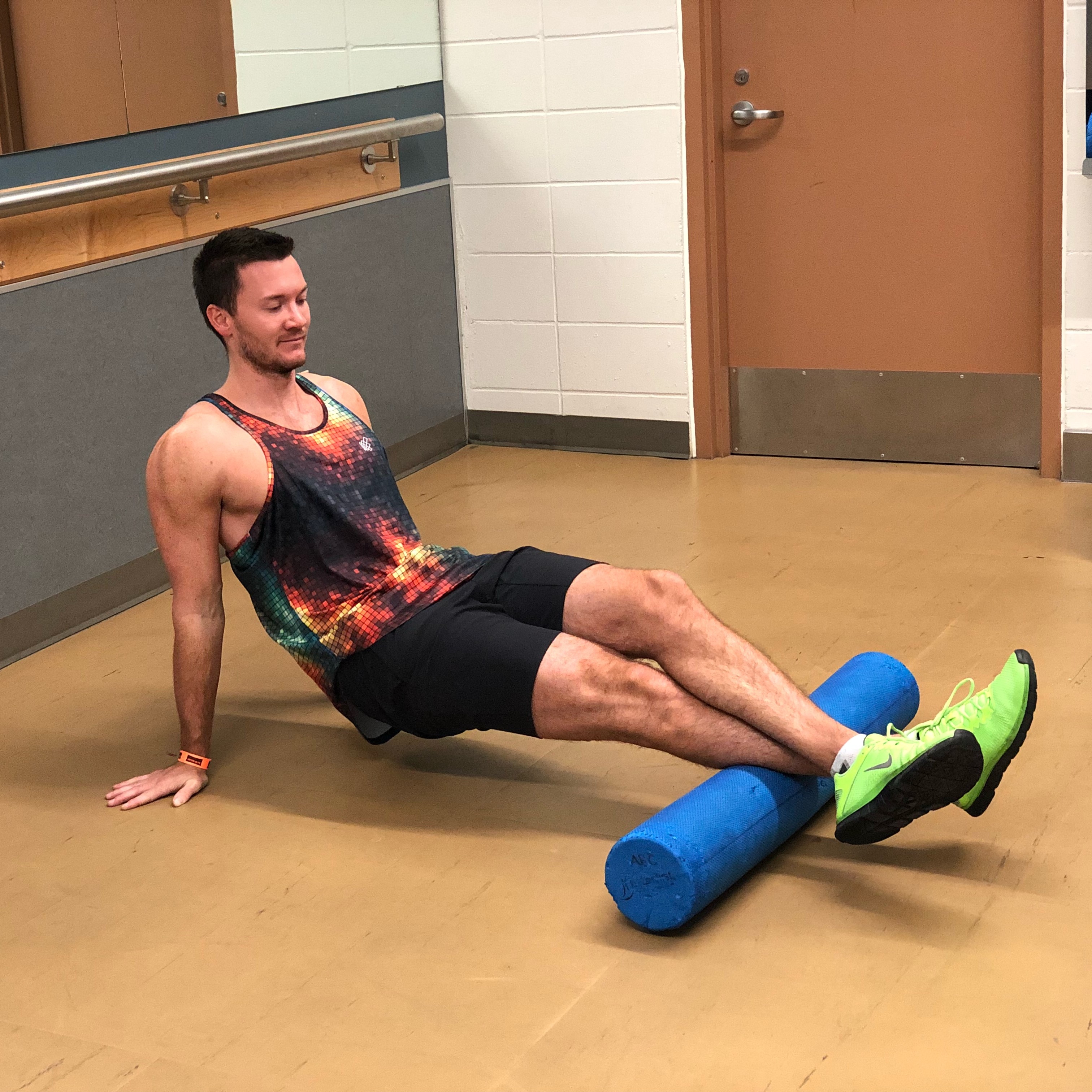 Also, one of the most important parts of a workout, and one that most people neglect, is to cool down and stretch afterwards. Just a light little walk can helpl bring the heart rate back down, and then a little 5 min static stretching session will help keep the muscles loose, thereby reducing any muscle soreness in the following days. Static stretching also helps muscles keep their elasti recoil, which is what helps keep us injury free.
Exercise smart to get the most out of your workouts. Your body will thank you!
Also, one of the most important parts of a workout, and one that most people neglect, is to cool down and stretch afterwards. Just a light little walk can helpl bring the heart rate back down, and then a little 5 min static stretching session will help keep the muscles loose, thereby reducing any muscle soreness in the following days. Static stretching also helps muscles keep their elasti recoil, which is what helps keep us injury free.
Exercise smart to get the most out of your workouts. Your body will thank you!
Walking into a gym can be a bit overwhelming. It’s packed with equipment: dumbbells, barbells, plates, benches, cables, and machines galore. Where do you start? And what’s better to use, free weights or machines?
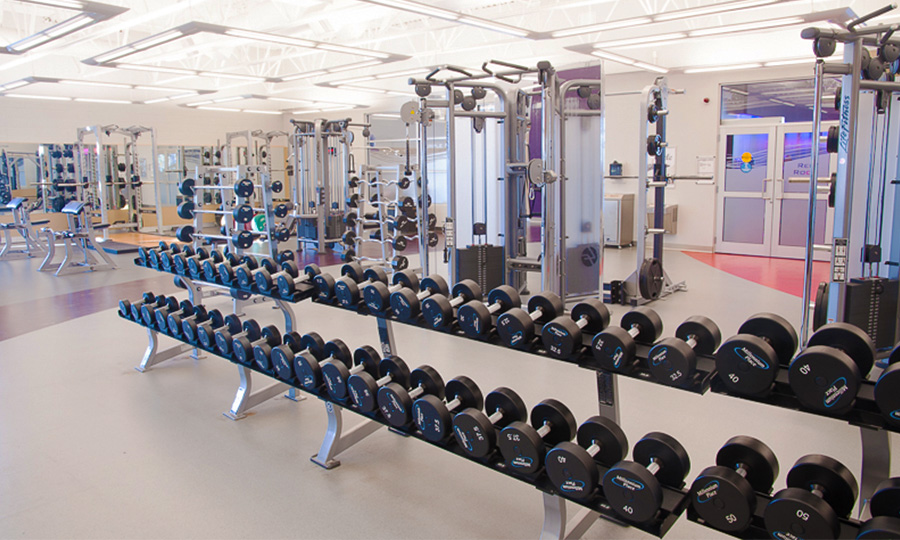
I will answer the second question first, mostly because it’s the most ambiguous answer. There isn’t really a distinction as to which is “better”. Free weights and machines both have their own sets of pros and cons, and both can be used together to get you the results you desire.
 The added benefit of free weights is that most exercises with free weights incorporate multiple muscles groups. A standing dumbbell bicep curl will primarily work the biceps, but other stabilizer muscles get involved to balance the body as your center of gravity gets moved around by lifting and lowering the weights. On the same line, free weights involve a lot more control compared to machines; a machine guides you in the exact path to move the load, whereas free weights need you to control the movement. There is a lot more core activation in exercises with free weights as a tight core is needed with almost all exercises to take any extra momentum out of the movement.
The added benefit of free weights is that most exercises with free weights incorporate multiple muscles groups. A standing dumbbell bicep curl will primarily work the biceps, but other stabilizer muscles get involved to balance the body as your center of gravity gets moved around by lifting and lowering the weights. On the same line, free weights involve a lot more control compared to machines; a machine guides you in the exact path to move the load, whereas free weights need you to control the movement. There is a lot more core activation in exercises with free weights as a tight core is needed with almost all exercises to take any extra momentum out of the movement.
Machines, on the other hand, are great for isolating a specific muscle group. Using the bicep curl as an example again, if you feel you are not able to curl the weight with proper form, you can use a machine to help guide your movement. This will take away any balance and coordination it takes to perform the curling motion so that you can focus on only activating the biceps.
In terms of where to start, what to do, and when, here is my recipe for success. I like to perform exercises with free weights first, and then follow up with some machines to finish it off. As I mentioned earlier, free weigths involve more balance, stability, and core control. So I like to perform these free weight exercises first while I am feeling fresh. I want to do the exercises that ask the most of my body first so that I can perform them properly and injury-free. Once I am feeling fatigued, then I switch to machines, as these help guide my movements and take any balance and stability out of it; I can focus solely on the exercises at hand instead of having to worry about maintaining a tight core. This way you can perform all exercises to your maximum potential while also doing it in the safest manner.
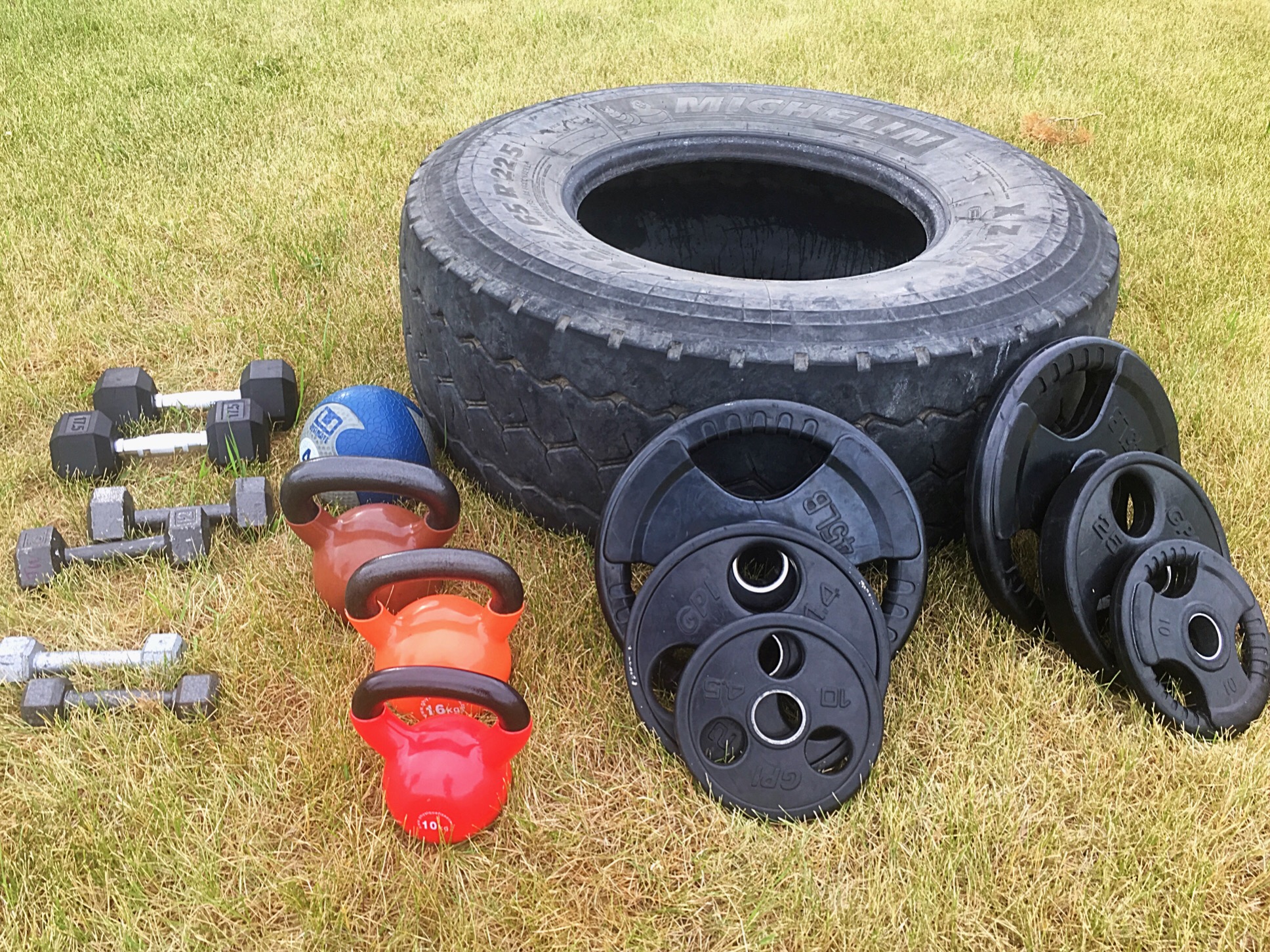 Fitness can be kind of intimidating. There are thousands of different exercises, tons of different pieces of equipment to use, and many different places to perform these exercises with the equipment on hand. Is it crucial to do your workout programs in a gym to get the results you desire?
Fitness can be kind of intimidating. There are thousands of different exercises, tons of different pieces of equipment to use, and many different places to perform these exercises with the equipment on hand. Is it crucial to do your workout programs in a gym to get the results you desire?
The short answer is no. But there is a little bit more to it than just a straight “no”.
Provided you have the equipment needed for the exercises you wish to complete, you can work out wherever your heart desires! This solves the problem of location, but what if you don’t have a plethora of equipment at your disposal? Well, there are plenty of exercises that can be done using just your body weight and some simple equipment (like a chair). It is completely feasible to create an awesome whole body workout using just your body weight. However, your workouts will be limited and will feature a decent amount of crossover as there are only so many bodyweight exercises that can be done. But you can also alter some training variables to increase the volume and intensity of the workouts; though you can’t alter the weight being used, you can increase the sets and reps, and decrease the rest in between these sets and reps to keep your workouts challenging. To increase your home workout repetoire, you can also invest in some small equipment. A set of dumbbells, resistance bands, and/ or a stability ball can go a long way. These items are relatively inexpensive and can improve your home workouts, and give you the option to also manipulate the load being used for exercises.
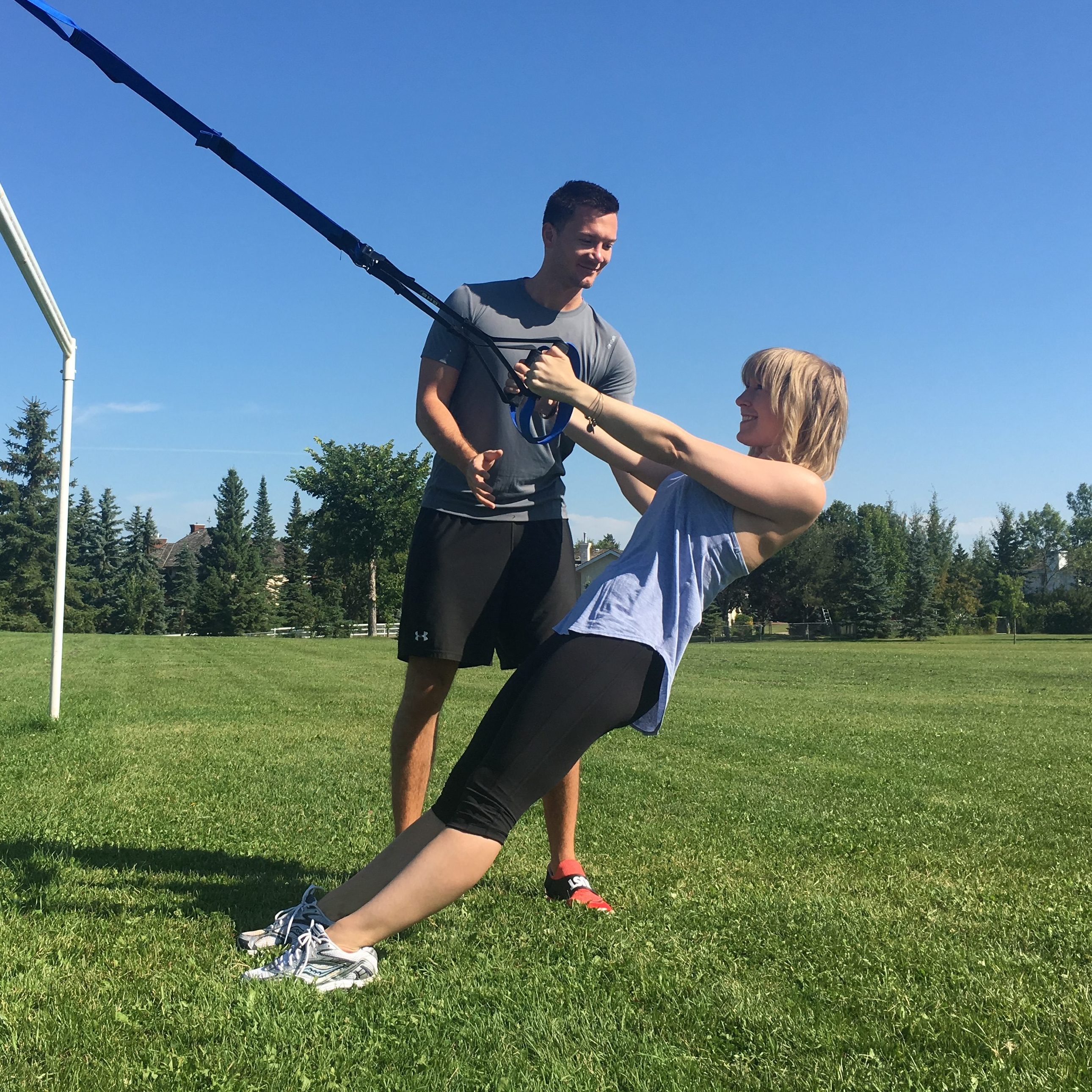
There are a lot of benefits to having a gym membership as well. Obviously, a gym is stocked with every piece of equipment for every type of exercise you want to do. This opens your options up to do whatever you want to do. It is also easier to apply progressive overload to your workouts as you can progressively increase weight as the weeks go on. Having multitudes of different equipment also allows you to switch up your training type, ie. strength training vs hypertrophy training.
One benefit to going to a gym for a workout is that it actually forces you to leave your comfort zone to go to a place designed for people to exercise. Sometimes working out is hard at home as you can be sidetracked by other distractions (laundry, dishes, tv, etc) whereas once you drive to a gym, there’s nothing to do there but exercise.
All in all, you can get a great workout in both at the gym, and outside of a gym. It just depends on what kind of workout you want to get done, and what works for you and your goals.
Everyone has been there – you finally start your fitness journey, see some results, and build motivation to continue with your training. But after a while, you find that your results have slowed or stopped altogether, and your motivation starts to fault. You’ve hit a plateau, and it has caused you to lose interest in your workout regime.
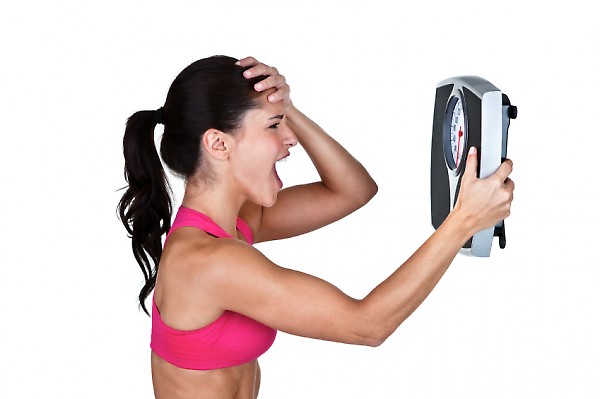 Hitting a plateau can be one of the most unmotivating aspects of exercise. Whatever your goals are, if you are not seeing progress, you feel like you are just wasting your time. Instead of letting this hinder you, take a step back and examine your training. Try and find why you’ve plateaued and what you can change to overcome it.
Hitting a plateau can be one of the most unmotivating aspects of exercise. Whatever your goals are, if you are not seeing progress, you feel like you are just wasting your time. Instead of letting this hinder you, take a step back and examine your training. Try and find why you’ve plateaued and what you can change to overcome it.
When looking at what you’ve been doing for your workout program, answer this question: what has changed over the last few weeks/ months? If the answer is nothing, then that is the problem! You may still be working out hard, but if nothing has changed, then you have just been maintaining, not progressing. Take a look at what you can improve on to further your training.
 There is a certain principle that must be applied to your workout to break through a plateau, called progressive overload. This means progressively increasing certain training variables to keep allowing your body to improve and adapt as it grows. Overall, you will need to change one or two aspects of your training – the intensity (how hard you’re working out) or the volume (how much you’re working out). These can be done by altering the load you’re using, the sets and reps you’re performing, and the rest you’re taking. To increase the intensity of your workouts, you can push more weight, and/ or take less rest between sets. To increase volume, try adding in more sets and/ or reps. You can also change these together! Try performing super intense workouts with less volume, or performing more volume during your workouts but at a lighter intensity. And of course, you can throw in some workouts that are more intense and with more volume. These ones will be the most exhausting, and will require enough rest to allow your body to recover.
There is a certain principle that must be applied to your workout to break through a plateau, called progressive overload. This means progressively increasing certain training variables to keep allowing your body to improve and adapt as it grows. Overall, you will need to change one or two aspects of your training – the intensity (how hard you’re working out) or the volume (how much you’re working out). These can be done by altering the load you’re using, the sets and reps you’re performing, and the rest you’re taking. To increase the intensity of your workouts, you can push more weight, and/ or take less rest between sets. To increase volume, try adding in more sets and/ or reps. You can also change these together! Try performing super intense workouts with less volume, or performing more volume during your workouts but at a lighter intensity. And of course, you can throw in some workouts that are more intense and with more volume. These ones will be the most exhausting, and will require enough rest to allow your body to recover.
Including progressive overload into your training program guidelines allows you to keep pushing yourself further. Your body is designed to adapt to the stresses at hand, and it will learn to perform the exercises at hand in the most efficient manner. You need to keep pushing your body’s limits to keep improving.
In a previous blog post (Different Training for Different Results), I mentioned how manipulating training variables can lead to different results. Today I will delve into how you can direct your training at building bigger muscles.
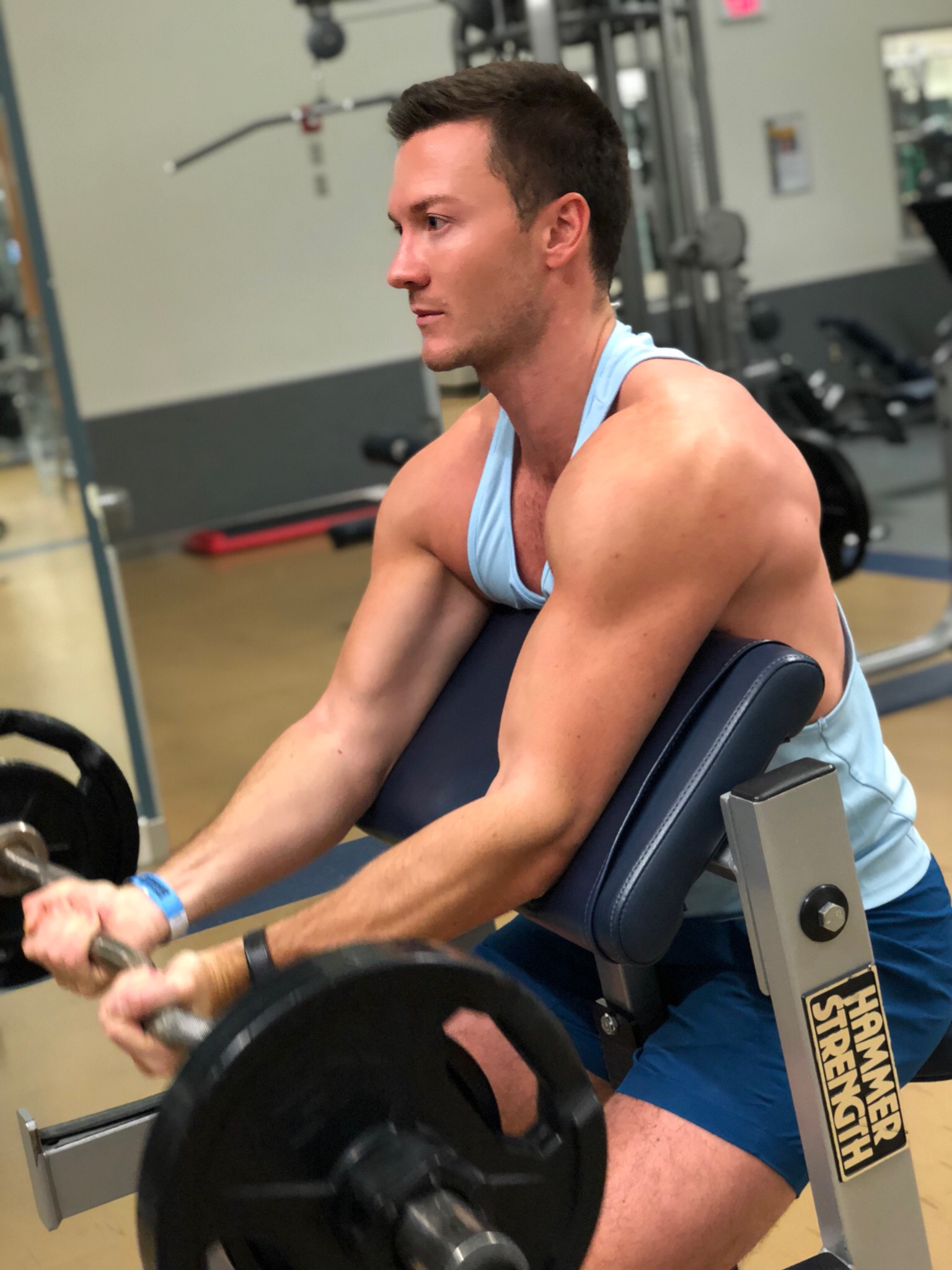 Most people go to the gym because they want to alter their body composition by improving their musculature. Guys hit the gym looking for those giant biceps and pecs, while girls usually aim for that round booty and toned legs. Hypertrophy training is what builds up those muscles, and if done right, can also burn some fat in the process.
Most people go to the gym because they want to alter their body composition by improving their musculature. Guys hit the gym looking for those giant biceps and pecs, while girls usually aim for that round booty and toned legs. Hypertrophy training is what builds up those muscles, and if done right, can also burn some fat in the process.
How exactly does a muscle get bigger? First you have to damage the muscle so that your body can repair it and give it a little extra padding so it doesn’t get damaged again. Hypertrophy training is quite intense training because you have to work your muscles hard enough to cause little tears in the muscle. Then, during recovery, your body sends protein to the damaged muscle and repairs those little tears you made during your workout. However, your body doesn’t just want to repair the damage, it wants to give it a bit more protection so that the next time that same stress is placed on the muscle, it doesn’t tear quite so easily. So your body builds that muscle up a little bit more. This leads to larger muscle size.
To give your muscles the intense workout they need to break down the muscle, you need to mix up your training variables. You want to lift fairly heavy loads, ~80% of you 1RM (to help calculate your 1RM, visit our Strength Training blog post), for 3-5 sets with ~8-12 reps, and with minimal rest (~45-90 sec).
You need a decently heavy load to make sure that the muscle is under a lot of stress. If you aren’t lifting heavy enough then you won’t tear the muscle. That said, you don’t want to force yourself to lift too heavy, as this can lead to injury by fully tearing a muscle, hyperextending a muscle, or hyperextending a tendon. ~80% of your 1RM is a good weight to use for the rep counts needed.
8-12 reps allows you to move the proper load for just enough time to work the muscles to their point of exhaustion. Also, performing these exercises for 3-5 sets helps put the muscles under just enough stress to fail and tear. The shorter rest times of 45-90 sec are used to make sure that your muscles don’t fully recover between sets. 3-5 sets of 8-12 reps with ~60 sec rest between sets allows the muscles to be worked just past their point of exhaustion each set, recover slightly, and then be put under that stress again a few more times. This leads to those little tears that we are looking for so that your body can fix them and build them up even more.
There’s one more training variable that needs to be looked after: progressive overload. This means pushing your body just slightly past what it can handle. It is at this point that your body will start to fail and damage the muscle, but the human body doesn’t like to fail. It adapts to this stress, fixes the body, and builds it up stronger so that it will not fail again under the same circumstances. So next time you work out, you need to keep applying progressive overload principles so that you can keep breaking the body down, thereby allowing it to come back even stronger. If you keep doing the same weight over and over again, you will maintain your current level of fitness, but you won’t see any progress in your muscle size.
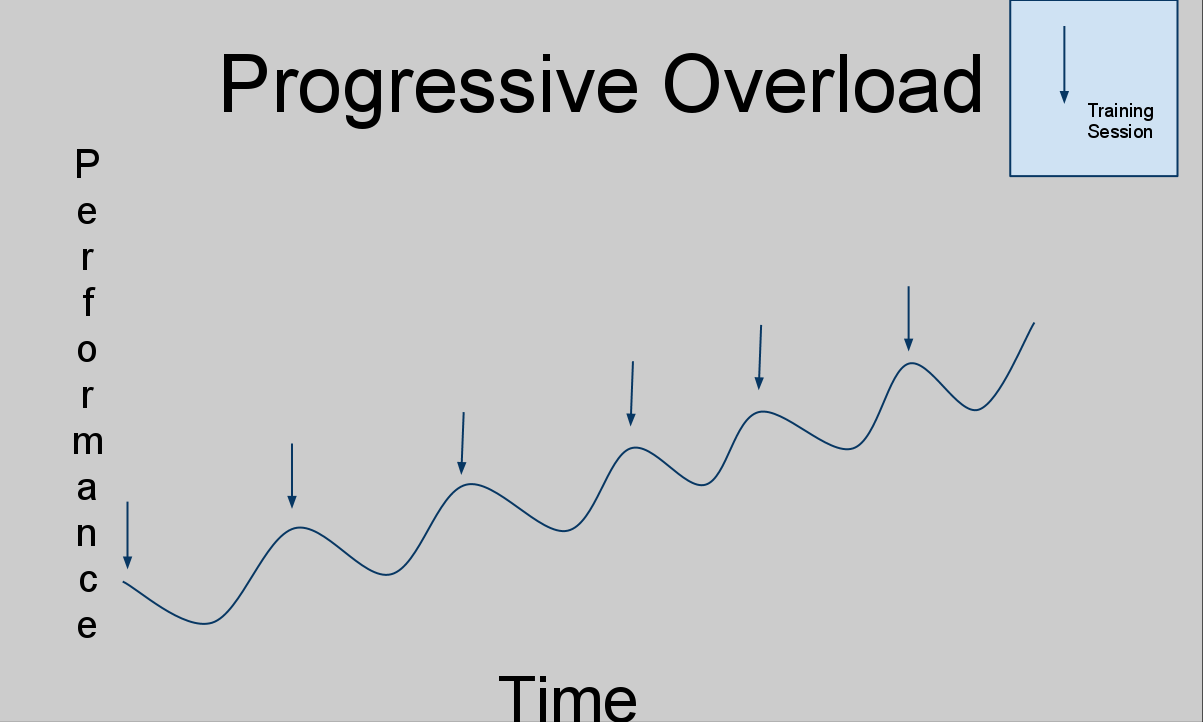
And lastly, this process takes time! Don’t expect to see results in 2 weeks. And don’t rush the process! Progressive overload doesn’t mean increasing the load by 25% each time. Increase it very gradually and allow your body to adapt. If you increase it too much too quickly, you may injure yourself and have to start from square one a couple months down the road.


